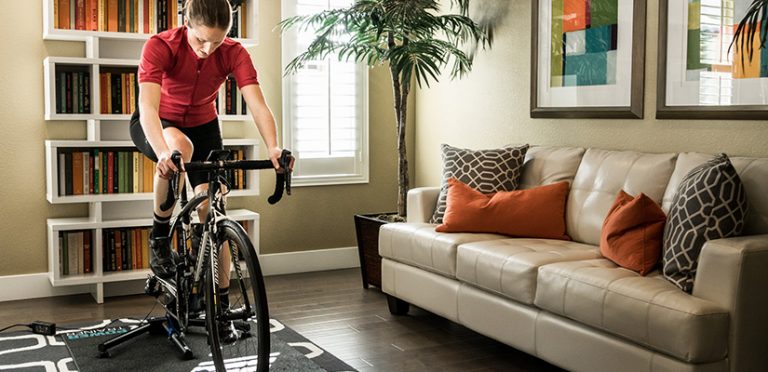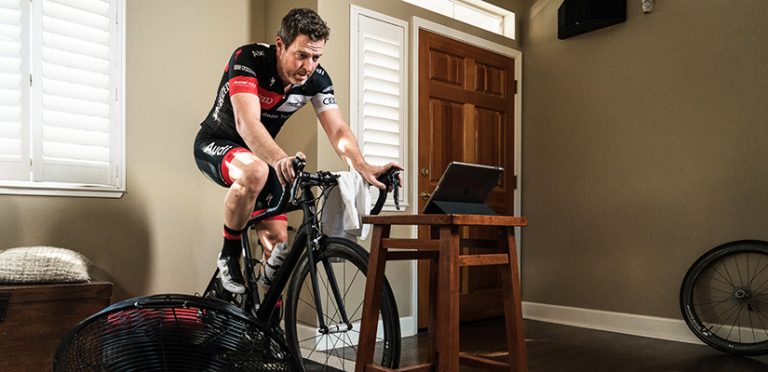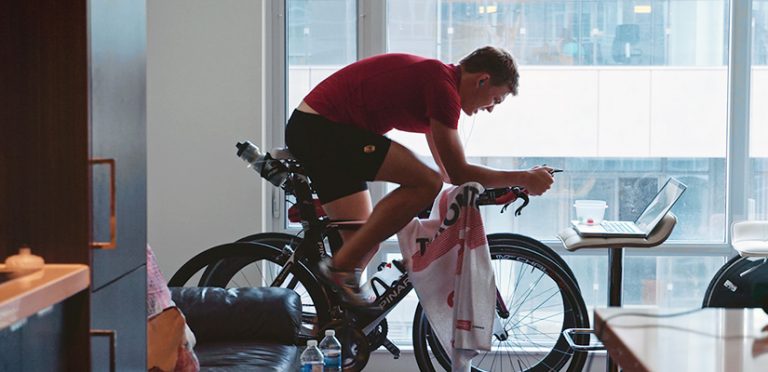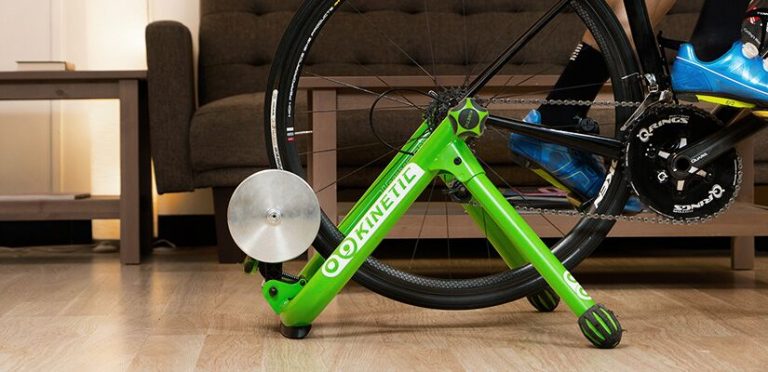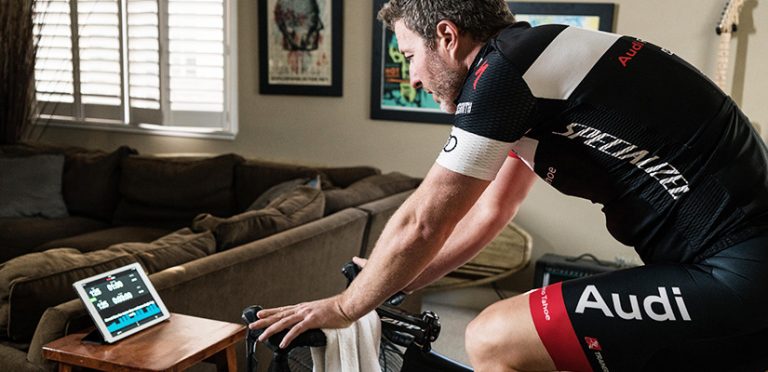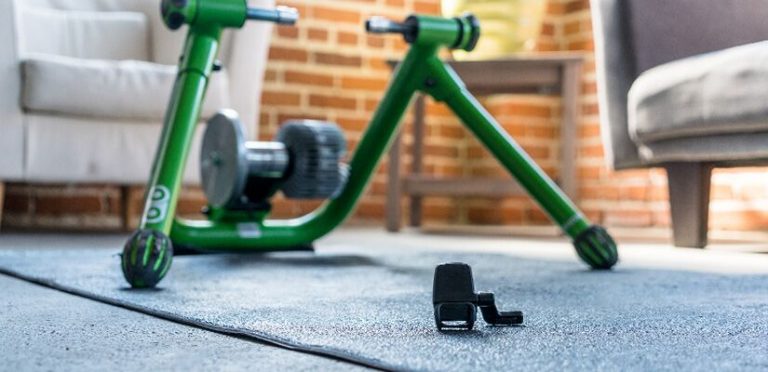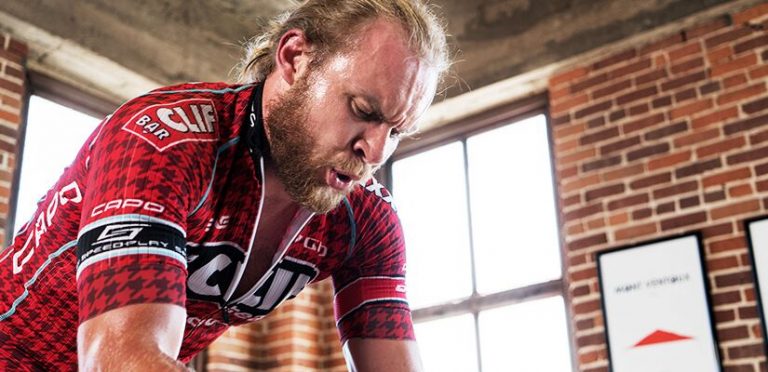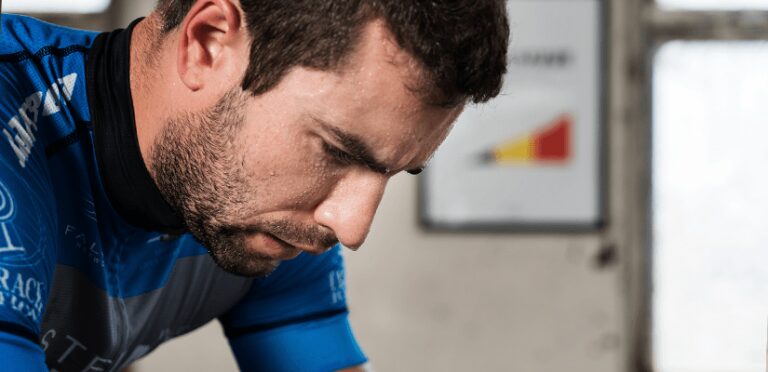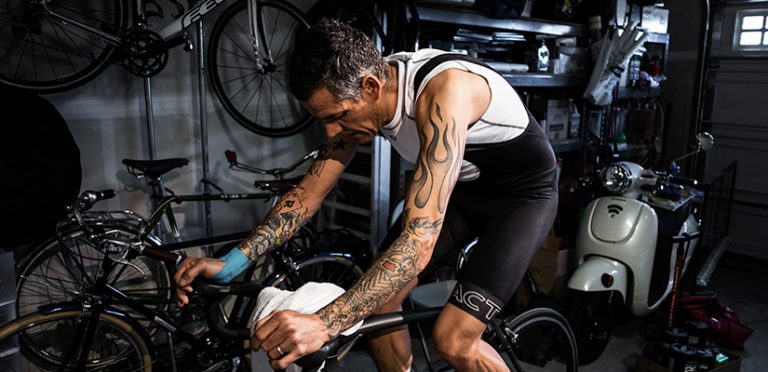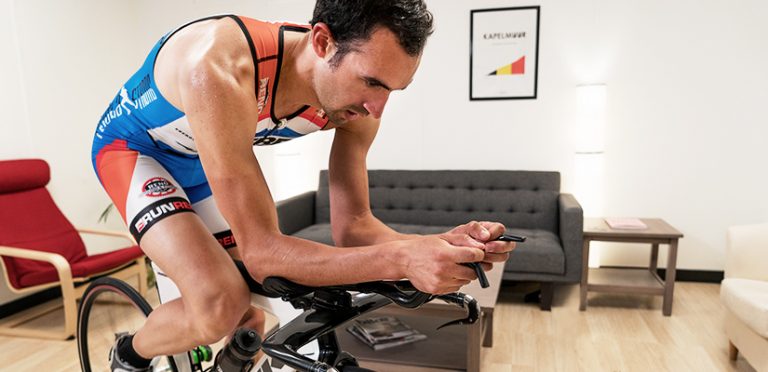Training in the Sweet Spot power zone is one of the most effective ways an athlete can improve their aerobic capabilities. Due to Sweet Spot training’s repeatability at such a particular balance of intensity and volume it achieves more positive physiological adaptations. Sweet Spot training is used to consolidate, or solidify, all the mixed types…
